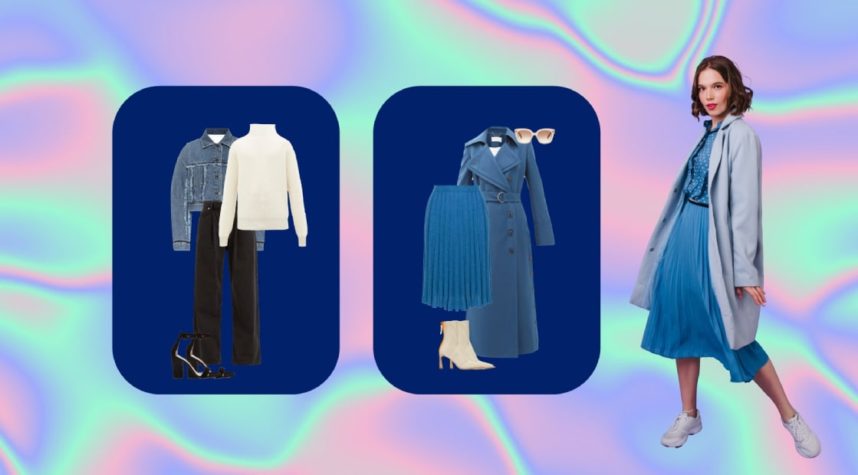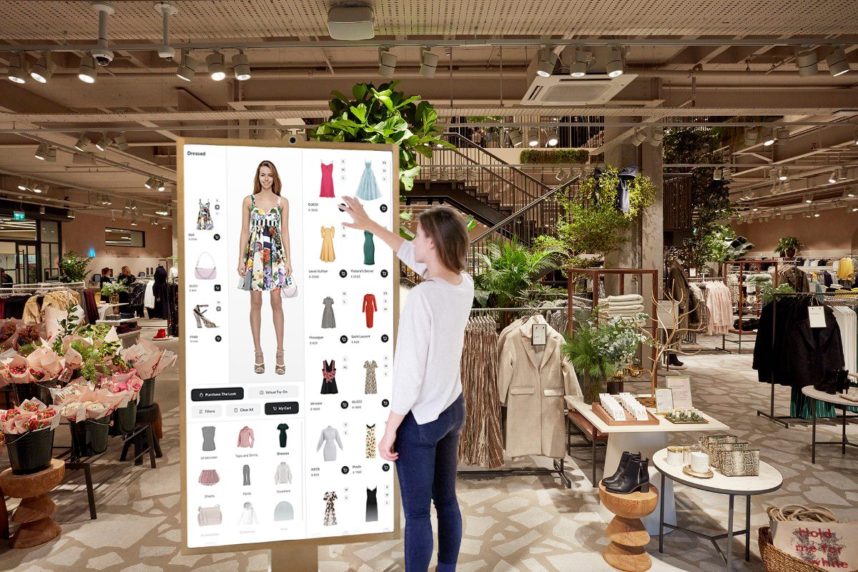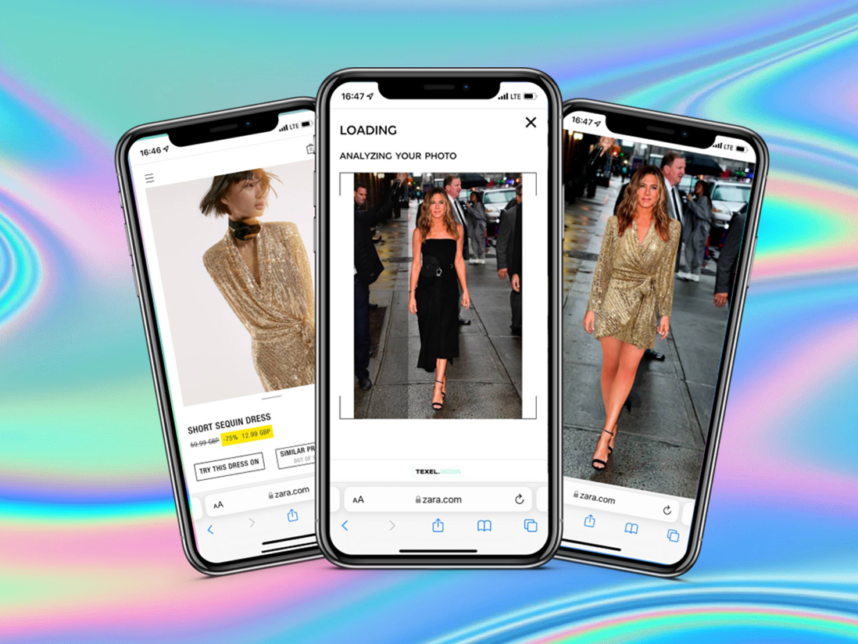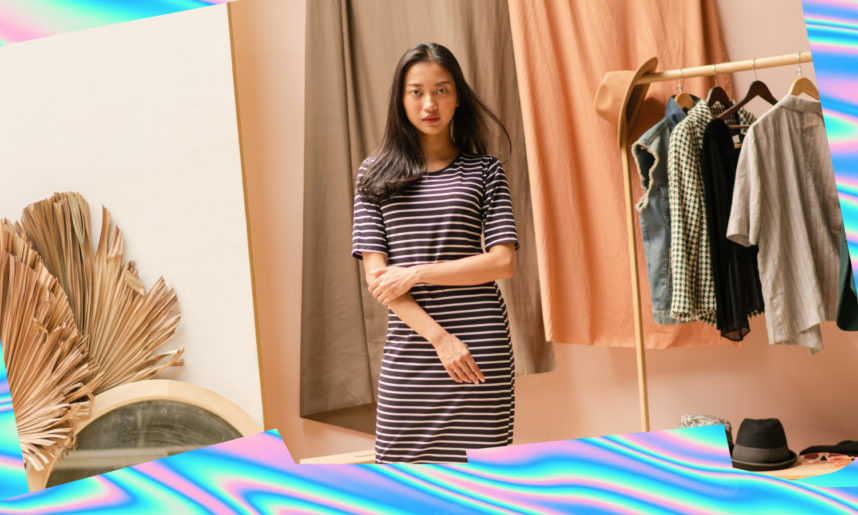What Are Virtual Fitting Rooms and How Do They Benefit Fashion Retailers?
Fashion | Ecommerce
22.04.2022

E-commerce is becoming an extremely competitive industry that is dealing with increasingly high customer expectations when it comes to the online shopping experience. As fashion brands are trying to live up to these expectations, they are on the look-out for an all-around solution that can help them achieve better personalisation and gamification of their customer experience.
Poor UX, basic website structure and unsophisticated product recommendations simply wouldn’t work anymore for highly demanding and digitally savvy consumers. Facing this new reality, retailers have to find solutions that can take their user experience above and beyond the industry average.
This is where virtual fitting rooms come in useful. The ability to create an engaging virtual fitting room experience is a tremendous advantage for retailers. According to McKinsey, reliance on online shopping that boomed during the pandemic is likely to remain even once the pandemic is over.
In this article, we will walk you through virtual fitting room technology and how it can be beneficial for your fashion business.
“The virtual fitting room market is predicted to grow from $3 million in 2019 to $6.5 million by 2025. That’s a compound annual growth rate of 13.44% per year.” – Fashion United UK
What is a Virtual Fitting Room?
A virtual fitting room is a digital tool that replicates the in-store fitting room experience in the comfort of the shopper’s home. The technology empowers shoppers to find products with perfect sizing, fit and style without having to physically touch them or visit the store.
Otherwise known as virtual dressing rooms or virtual try-on solutions, this technology became very popular during the COVID-19 pandemic. As shoppers were unable to buy products in-store and many were concerned about trying on products physically, the virtual fitting room technology facilitated finding perfectly fitting clothing online.
How Does Virtual Fitting Room Technology Work?
Today, a number of virtual fitting room solutions exist on the market. They typically utilise artificial intelligence, computer vision and augmented reality technology.
Some solutions focus on providing a 3D fitting room experience that allows customers to combine a variety of looks and to try them on a digital mannequin with a similar body type and skin tone to their own. Although the experience helps with putting well-matched looks together, it fails to deliver on personalisation as customers don’t have the option of trying the product on themselves.
Trying to solve this problem, AR technology that renders clothing on top of the customer’s body in real time was developed. It became a sought-after experience for the younger shopper demographic and rose to popularity due to Snapchat filters and lenses.
The trend became even more popular as luxury fashion house Gucci introduced an AR fitting lens for Snapchat, allowing customers to see how Gucci sneakers would look on them. While this technology helped shoppers to visualise what a particular item would look like on them, it wasn’t able to give a description of the actual item fit. For this reason, the product lacked one of the key features that helps to reduce high product returns.
The virtual fitting room by Texel.Moda is the only solution available on the market that provides a photorealistic and highly personalised virtual try-on & fit experience. It allows customers to try-on any product on their own photo or on a pre-loaded avatar, as well as receive a personalised fit & size recommendation.
Unlike other solutions that require users to scan themselves with a phone or install an app, Texel.Moda provides a simple user journey on a product page that delivers accurate try-on visualisation and fit recommendation within seconds.
Our solution provides everything that online shoppers expect from a virtual fitting room: highly personalised recommendations for product size and fit, a clear visualisation of how a particular garment fits their unique bodies and the confidence to make a purchase.
The Benefits of Virtual Fitting Rooms
Virtual fitting room solutions bring a variety of benefits to fashion retailers.
“40% of shoppers would be willing to pay more for a product if they could experience it through augmented reality.” - Retail Perceptions
Lower product returns
One of the biggest problems facing fashion retailers today is the ever-growing number of product returns. Returns are not only bad for the business costing money and time, but they are also extremely bad for the environment.
According to RetailDive, 30% of all eCommerce product returns happen because the product size is too small, and another 22% of all returns occur because the size is too large.
Providing virtual fitting room experience can help retailers to minimize the number of product returns caused by poor fit and sizing. It will also help to stop bracketing shopping habits, when customers order multiple product sizes to find the one that fits.
Studies confirm that virtual fitting rooms are effective at fighting the returns epidemic, and can reduce product returns by as much as 36%. This provides businesses with larger sales margins and higher profits.
Higher conversions
Virtual dressing rooms enable shoppers to seamlessly determine product size, fit and style, helping to make a more informed purchasing decision.
Additionally, this technology allows fashion brands to create truly diverse and inclusive fitting room experiences by providing shoppers with an opportunity to try the product on their own bodies or on models representing different skin tones and body shapes.
Multiple studies confirm that virtual fitting rooms are effective at improving conversion rates, and can increase conversions by up to 40%.
More convenient shopping experience
According to a recent study, 97% of consumers abandoned a purchase because the service wasn’t convenient enough. This data proves the fact that convenience is the backbone of ecommerce and is crucial for a positive online shopping experience.
The lack of sizing guides and the need to try on clothing physically when shopping online is a big inconvenience for the customers, resulting in low conversions.
By implementing a virtual fitting room solution, fashion retailers can overcome this industry challenge and deliver a smoother online shopping experience.
Increased loyalty and retention
Thirty nine percent of fashion retailers view the “ability to turn customer data into intelligent and actionable insights” as one of the key challenges according to SAP survey.
Virtual fitting rooms powered by AI technology help to solve this challenge by providing shoppers with smart styling solutions. This in turn, helps to increase the average order value for the fashion brands.
In addition, the technology provides retailers with a variety of important insights into customer shopping habits, helping retailers to better understand their client base.
With tech-driven virtual fitting rooms, retailers offer shoppers more control over their choices. This allows them to know exactly how the product will fit, how it will look like on them, and how it matches other items they might be thinking of buying. This translates to a more satisfying online shopping experience, leading to more sales.
How Brick-and-mortar Stores Can Utilise the Virtual Fitting Room Technology
Retail sales surged in early 2022 as the pandemic slowed down across the globe, and safety concerns are now slowly fading away. However, online shopping with all of its digital perks is driving the consumers’ desire for high-tech in-store shopping.
According to a study by Reflect, younger consumers aged 18-44 view interactive screens in-store as must-haves and not just nice-to-haves. 87% of respondents claim that they would do more in person shopping if stores had interactive screens that provide product information, comparisons and reviews.
To accommodate the increasing need for in-store digitalisation, fashion brands can implement virtual fitting room technology via Smart Mirrors.
Smart Mirrors are essentially large touchscreen displays that have virtual try-on software integrated into them. This software projects a live image of the customer onto the mirror and allows them to browse through the catalogue and try-on any product virtually.
This technology creates the hassle-free and convenient in-store shopping experience that consumers are looking for. They no longer need to browse through racks of clothing looking for the correct product size or colour and wait in line to physically try-on the clothing. They have everything they need to make an informed purchasing decision at their fingertips.







